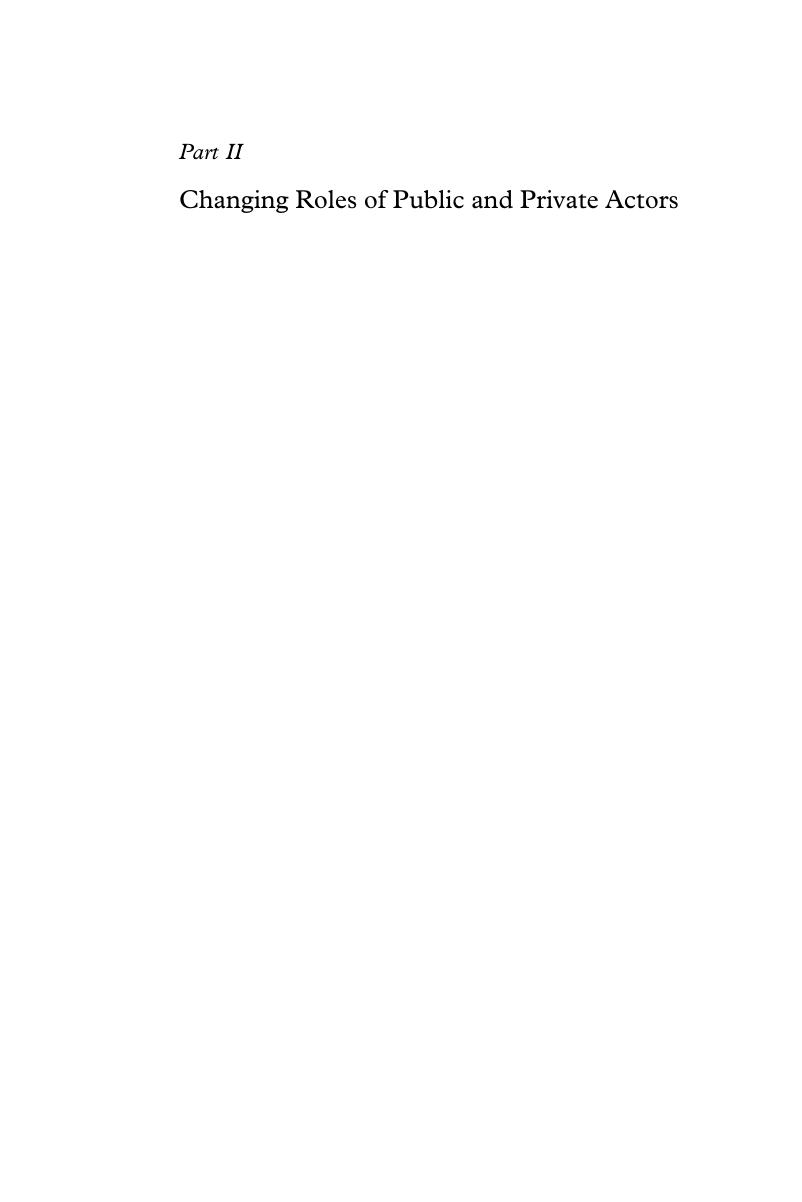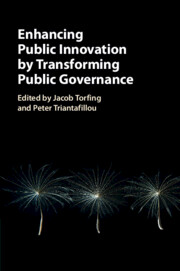Book contents
- Enhancing Public Innovation by Transforming Public Governance
- Enhancing Public Innovation by Transforming Public Governance
- Copyright page
- Contents
- Figures
- Tables
- Contributors
- 1 Enhancing Public Innovation by Transforming Public Governance?
- Part I Linking Governance and Innovation
- Part II Changing Roles of Public and Private Actors
- Part III Transforming Governance to Enhance Innovation
- Index
- References
Part II - Changing Roles of Public and Private Actors
Published online by Cambridge University Press: 05 August 2016
- Enhancing Public Innovation by Transforming Public Governance
- Enhancing Public Innovation by Transforming Public Governance
- Copyright page
- Contents
- Figures
- Tables
- Contributors
- 1 Enhancing Public Innovation by Transforming Public Governance?
- Part I Linking Governance and Innovation
- Part II Changing Roles of Public and Private Actors
- Part III Transforming Governance to Enhance Innovation
- Index
- References
Summary

- Type
- Chapter
- Information
- Enhancing Public Innovation by Transforming Public Governance , pp. 115 - 214Publisher: Cambridge University PressPrint publication year: 2016

